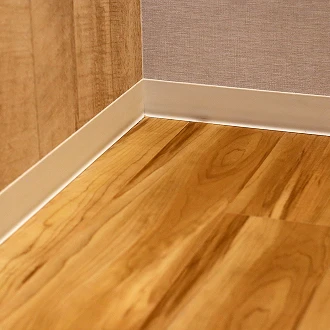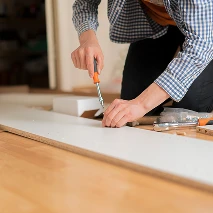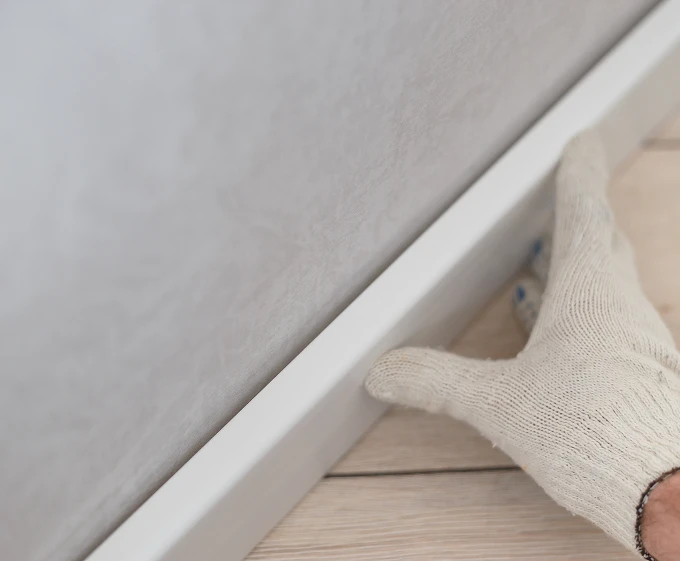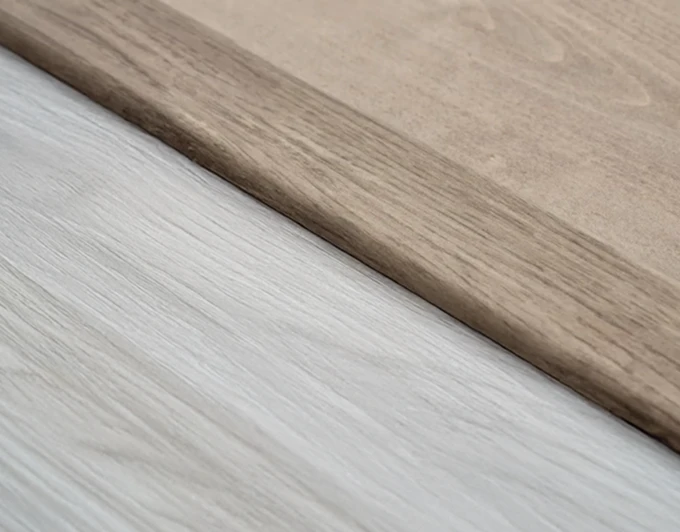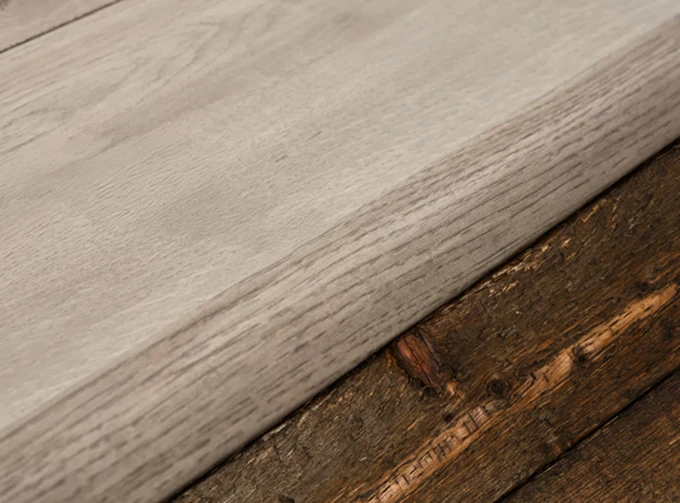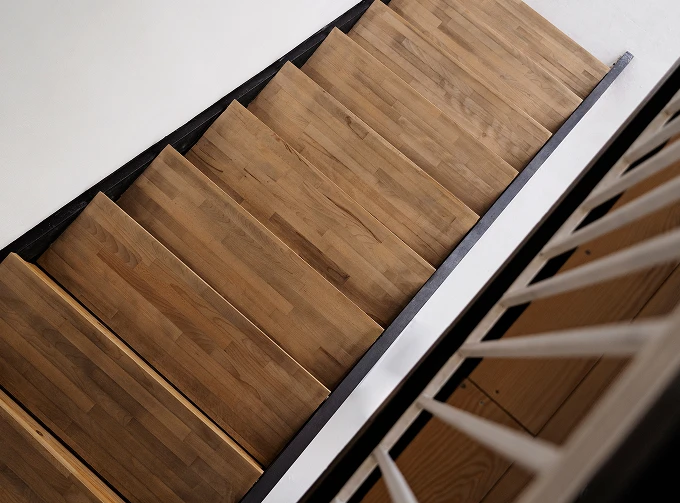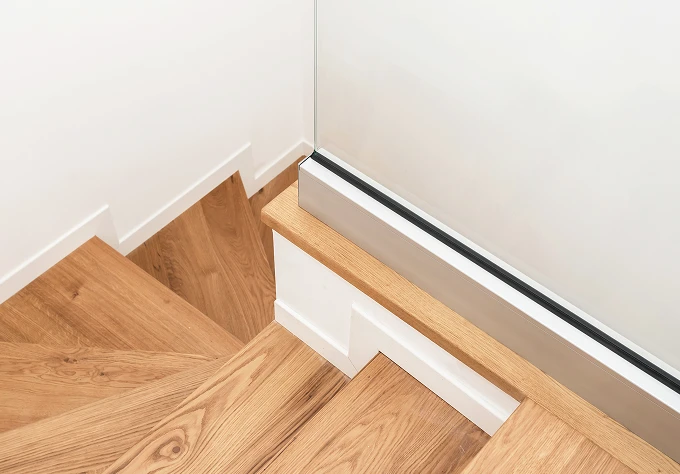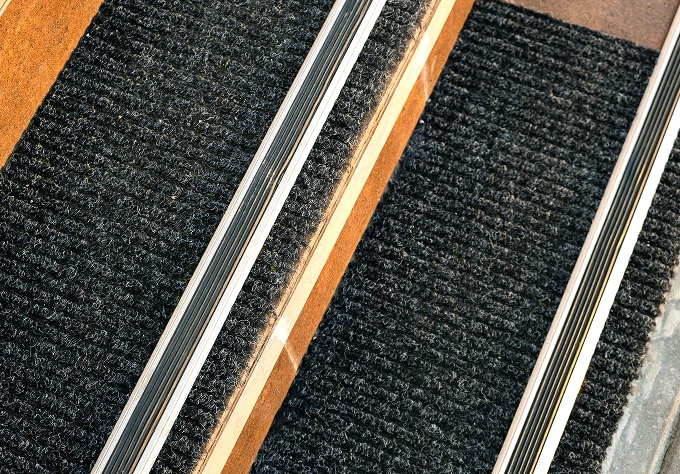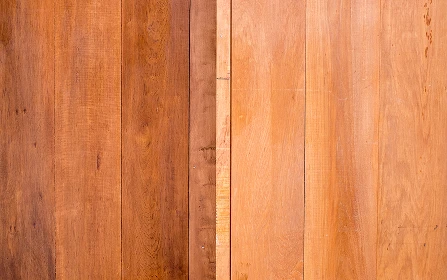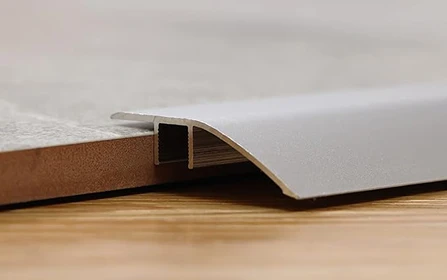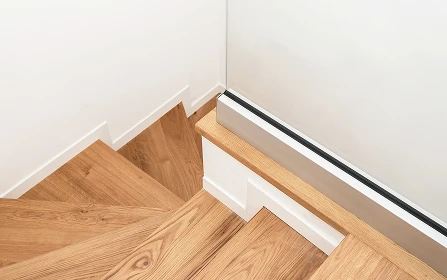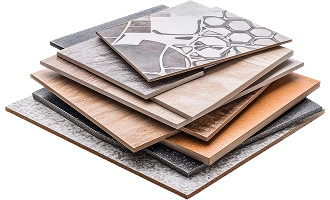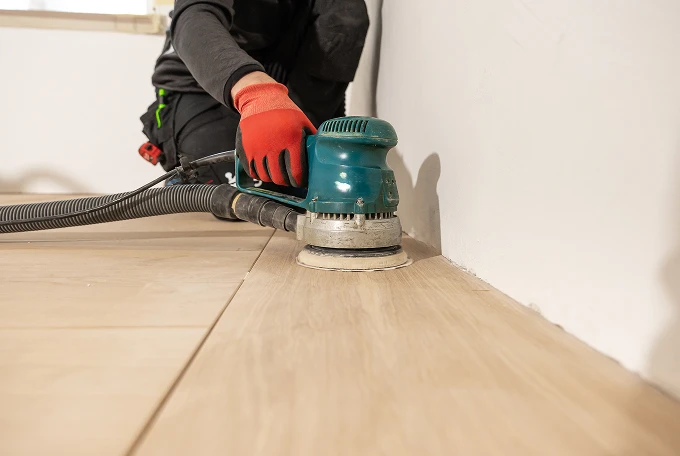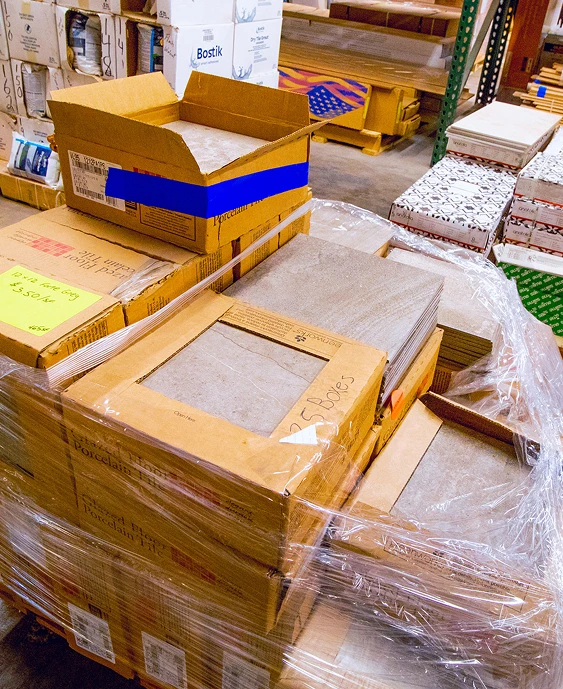Quarter Round & Shoe Molding
Quarter round and shoe molding are small but essential trim pieces that run along the base of your walls. These rounded profiles are used to cover the expansion gaps left around the perimeter of floating floors - gaps that are necessary for the flooring to expand and contract with humidity changes.
- Quarter round has a full, rounded profile and adds a more pronounced visual frame at the floor's edge
- Shoe molding is slightly thinner and offers a more subtle finish
- Both are commonly used with laminate, hardwood, and luxury vinyl plank (LVP) installs
- They're typically nailed or glued in place and can be painted or stained to match your baseboards or flooring
These pieces help prevent dust and moisture from collecting in those expansion spaces and give the floor a polished, intentional finish.


